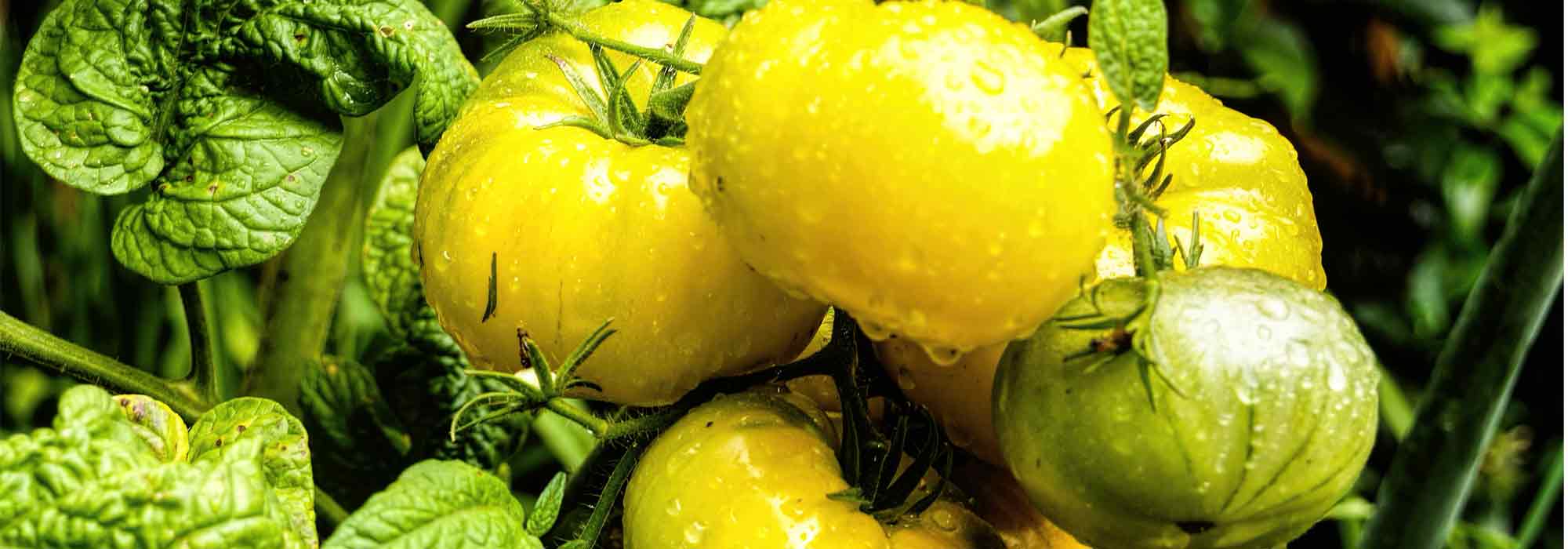
How to create a tomato variety?
Create a new tomato through cross-pollination.
Contents
Tomatoes are not subject to the same risks of cross-pollination as other vegetables in the garden. Indeed, tomato flowers are primarily closed, and their female part is protected by the male part, which forms what is known as the staminal tube around it. In other words, the tomato flower is not easily pollinated by external sources. However, it should be noted that this characteristic mainly applies to cultivated tomatoes, as wild tomatoes cross-pollinate without issue.
While this is certainly an advantage for preserving the heritage strain of the tomato, it also means that the mixing of genes aimed at creating a new variety of tomato is quite a delicate operation. Rest assured, though, the process is not insurmountable!
Selecting parents, collecting pollen, and manual fertilisation, followed by successive harvesting and sowing of seeds until the new variety is stabilised… discover, in the following lines, everything you need to know to create a tomato variety.
The basic principles for creating a tomato variety
To create a new variety of tomato, it is necessary to cross two parents, both chosen for their complementary characteristics.
For example, one might choose to hybridise an early variety with good yield with another variety known for its taste qualities and disease resistance.
The possibilities for cross-breeding are therefore almost infinite, given the interesting characteristics found in the many varieties of tomatoes. The selection of the said parent varieties is made based on what you expect from their cross-breeding.
Note: the cross-breeding is carried out between two stabilised varieties of tomatoes, never from an F1 hybrid.
Cross-pollination
To hybridise tomatoes, the most commonly used technique is cross-pollination. Although it is not difficult in itself, the operation requires a lot of care and patience. Indeed, it involves removing the petals from the tomato flowers to manually transfer the pollen from the first parent to the stigma of the second parent.
Hybridization: prerequisites
Prepare labels indicating the names of the two parents to be crossed.
Define beforehand which of the two will be the female parent. Since it is she who will bear the fruits, preferably choose the most vigorous variety.
When to start hybridisation?
To begin, you must wait for both varieties of tomatoes to be in bloom simultaneously. Then, it is best to carry out the hybridisation after the garden has enjoyed several consecutive days of fine weather.
How to proceed?
Select on the female parent a flower at an advanced bud stage, yellow or yellowing, but still closed to ensure it has not yet self-fertilised.
Be careful, your flower must be alone on the cluster. Therefore, remove all other flowers present on the stem to avoid accidental pollen transfer.
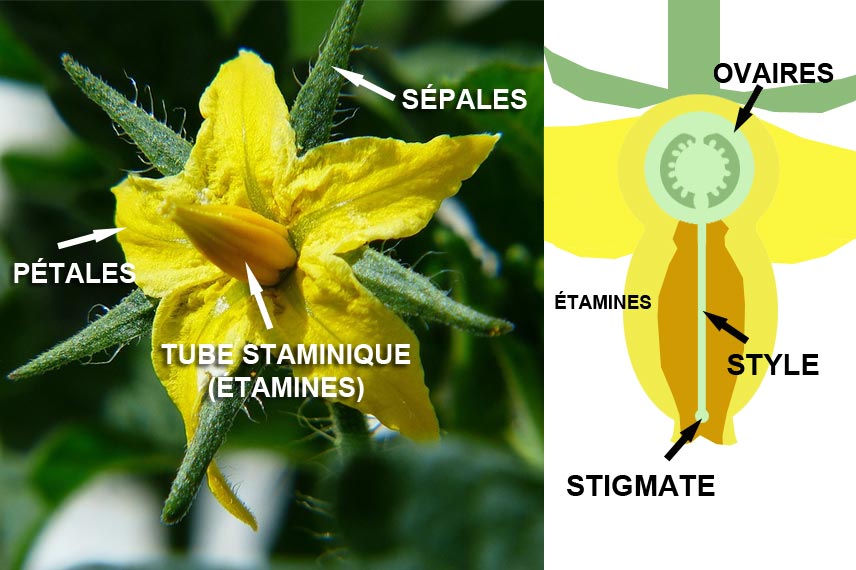
Then, proceed as follows:
- Gently remove the petals from the flower using tweezers.
- Emasculate the flower by removing its male parts. Be careful not to damage the style (female part) while trying to remove the stamens (male part). Note that mistakes are not uncommon during this step. You will likely need to try several times to gain sufficient dexterity.
- Once the style is naked, attach the label to the pedicel of the flower, and wait 24 to 36 hours before pollinating it.
- Once this time has passed, collect an open flower from the male parent.
- Still using the tweezers, open its stamen tube lengthwise by separating the stamens.
- Collect the pollen by brushing from bottom to top on the inner surface of the stamen.
- Apply the pollen to the tip of the style of the emasculated flower, known as the stigma.
After a few days of patience, if the fruit begins to develop, it means you have successfully made your cross. Otherwise, you will likely need to repeat the operation.
Discover other Tomatoes
View all →Available in 1 sizes
Available in 1 sizes
Available in 1 sizes
Available in 1 sizes
Available in 1 sizes
Available in 1 sizes
Available in 1 sizes
Available in 1 sizes
Available in 1 sizes
Available in 1 sizes
The selection year after year to achieve a stable variety
The selection process is just beginning. It will take several years before you achieve a tomato variety that produces identical young plants from one spring to the next.
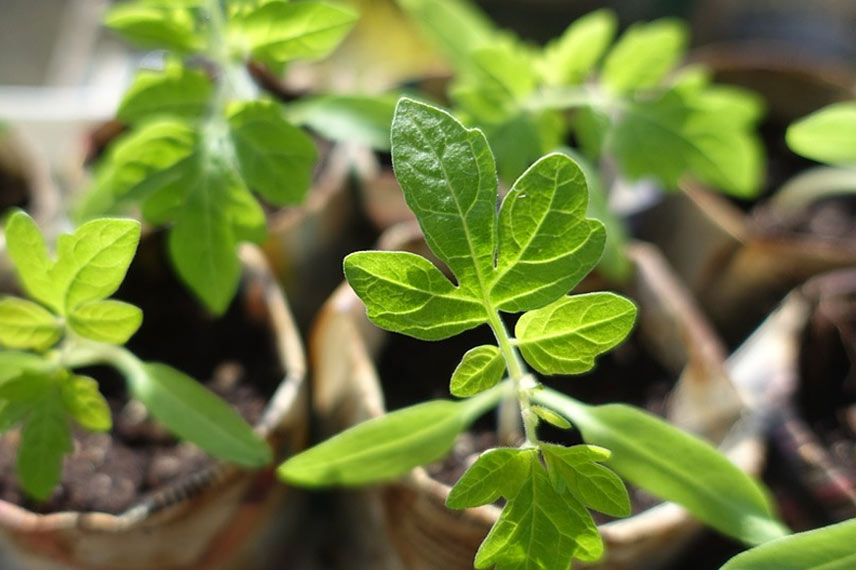
F1 Hybrid Seeds
Once the fruit is pollinated and ripe, harvest it and collect the seeds. Clean the seeds and let them dry. Then place them in an envelope kept away from light until the following spring. You have thus obtained homegrown F1 hybrid seeds.
The following year, proceed with your sowing of hybrid tomato seeds, just as you would for any other tomato variety. However, be aware that the young plants produced will exhibit the parental characteristics, but you will not be able to predict exactly what the outcome of this combination of characteristics will be.
F2 Hybrid Seeds
When the hybrid plant produces fruits in turn, harvest those that best match your expectations. Collect the seeds once again for your sowing the following year. The seeds obtained can then be classified as F2.
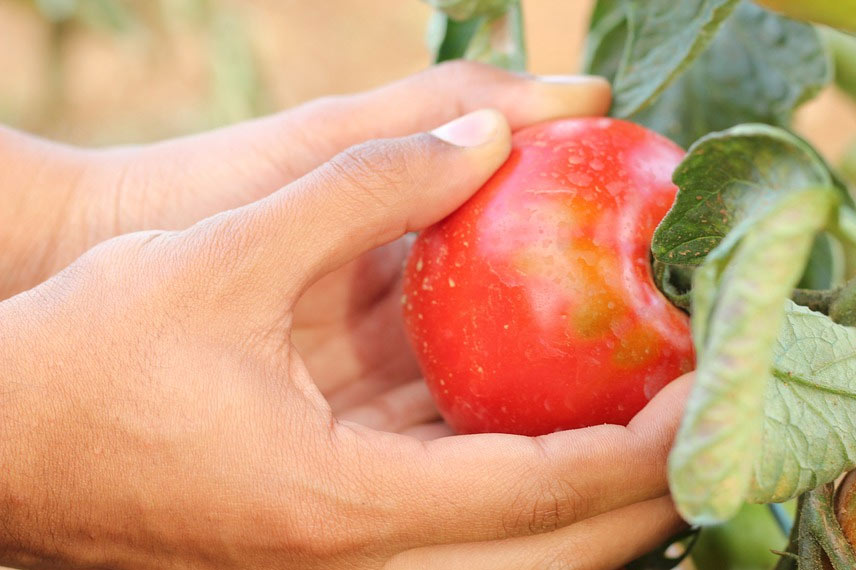
F3 Hybrid Seeds
The following year, once these F2 seeds are sown, you will notice that each of the young plants exhibits a great diversity of characteristics, with the parents’ genes manifesting differently from one plant to another. You will then need to sort your young plants based on the characteristics you initially sought. Harvest F3 seeds only from the plants that meet your expectations.
F4 Hybrid Seeds
The same applies to the generation of hybrid tomato plants derived from F3 seeds. Continue your selection, and harvest the seeds that will form the F4 generation.
Stabilisation
It is estimated that after six generations (sometimes ten), it is then possible to obtain a new tomato variety that meets your initial goals. The line has then stabilised and produces identical young plants from one year to the next.
- Subscribe!
- Contents
































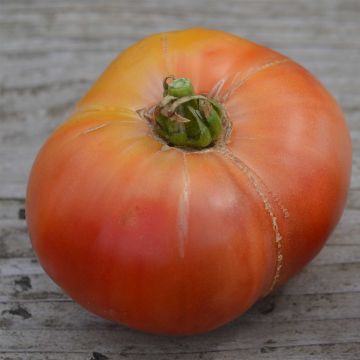
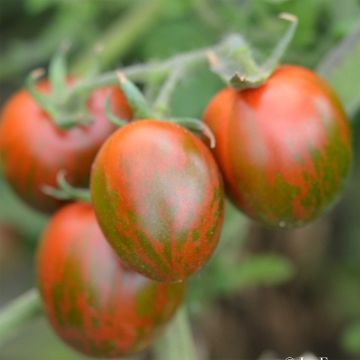
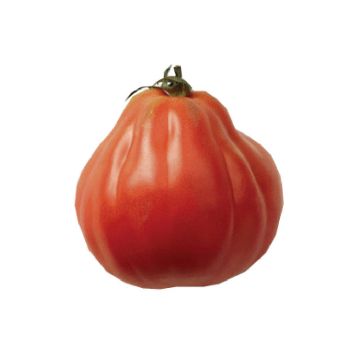
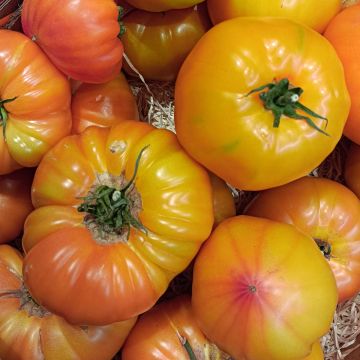

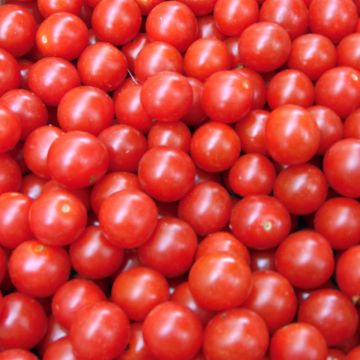
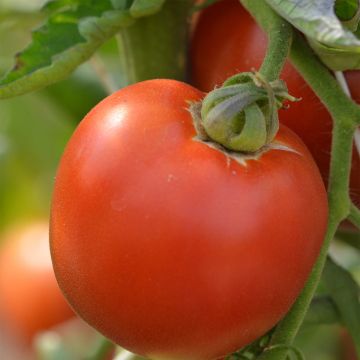
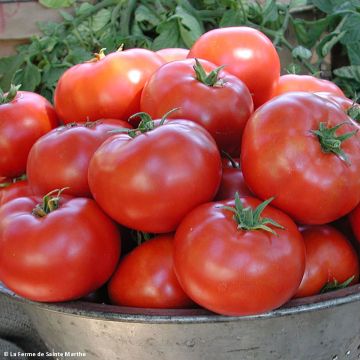
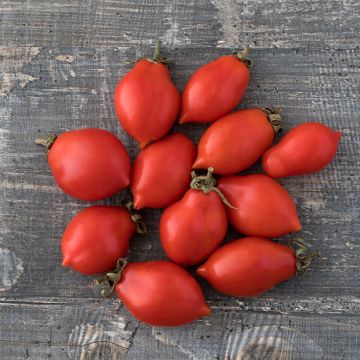
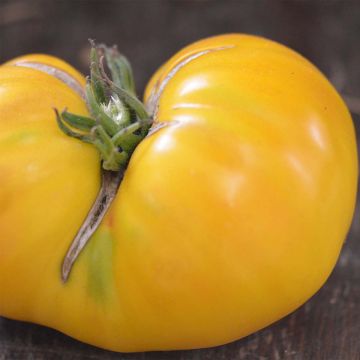
Comments